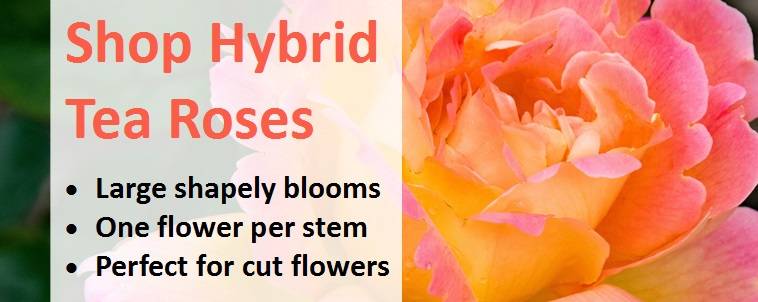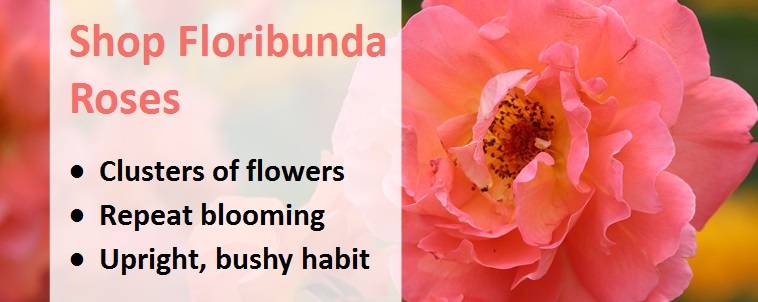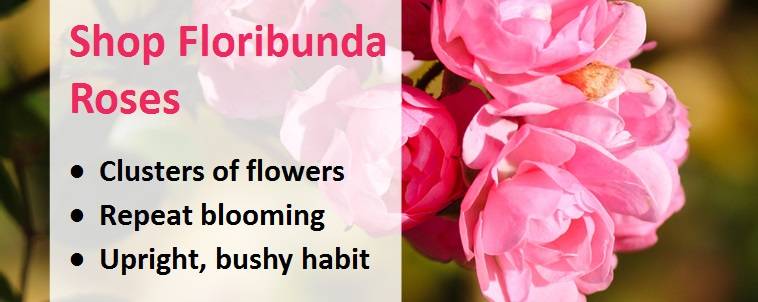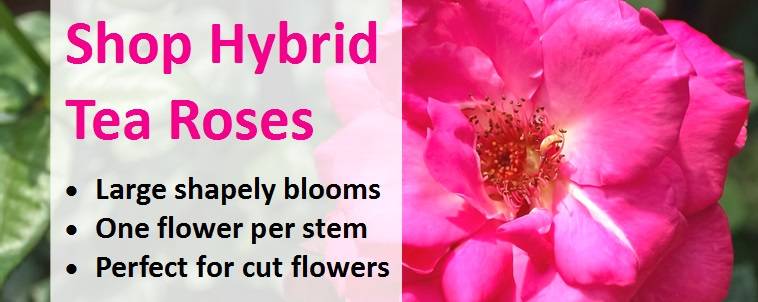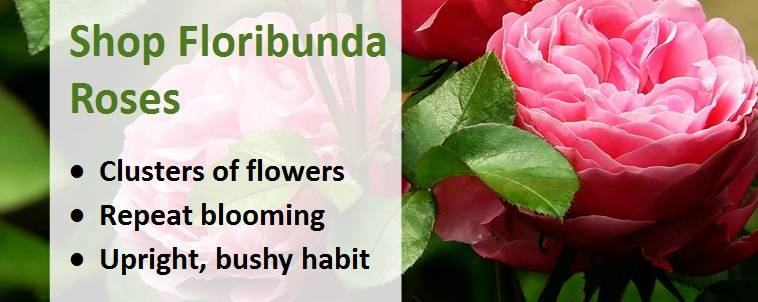How to plant, grow and care for rose bushes
Roses are not the easiest plants to grow and do require a certain amount of care to be successful. Practicing a few basic principles in rose care can get even the greenest gardener off to the best start.
What Rose to Choose
- If you need help figuring out what you want to plant, see our article on how to choose the best rose for your garden.
Where to Plant
- Aspect. Roses prefer full sun. Full sun is essential for floribunda roses. Hybrid tea roses will tolerate a small amount of shade each day but too much will adversely impact the flower display - a minimum of 6 hours of sunlight per day is best even for hybrid teas.
- Soil. Roses prefer a well-drained soil. Their long tap root system means they need a deep soil; whatever growth they have above ground will be roughly mirrored below the soil in the root growth. If you have a heavy, clay soil, mix in one-third grid when backfilling to improve the drainage. They are heavy feeders so a humus-rich soil is ideal; if you have a poorer soil mix in plenty of well-rotted organic matter when planting and feed well.
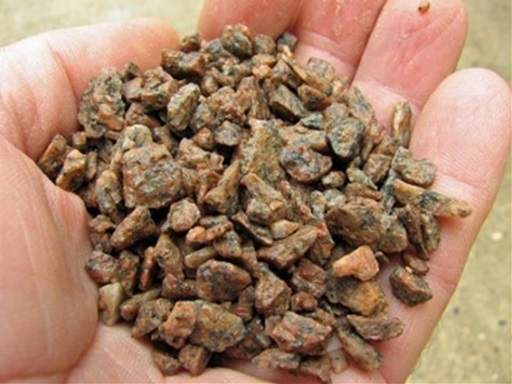
- Local competition. Avoid locations where they will be in competition with tree roots or other plants. Choose a location where your rose will have plenty of its own space - they don't respond well to being overcrowded with their neighbours.
When to Plant
- Roses supplied in Pots. Any time of the year providing the ground is not frozen, waterlogged or very dry. Some time between November and March often works well. If the conditions are not appropriate, keep containerised plants in an unheated outbuilding.
- Bare Root Roses. Available between November and March. Plant as soon as you buy them or receive them in the post to prevent them from drying out. If conditions do not permit, 'heel in' bare root roses by digging a trench in ordinary garden soil, placing the roots inside and covering with slightly moist soil. Provide additional fleece protection if conditions are particularly harsh.
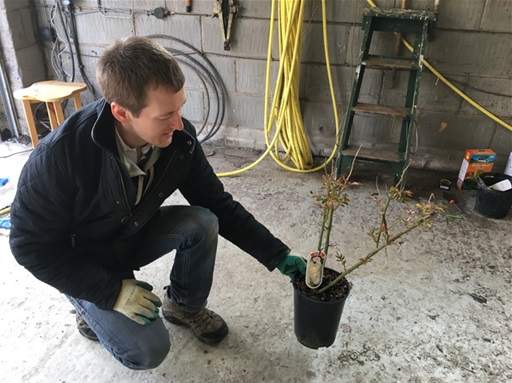
How to Plant
Be sure to wear a strong pair of protective gloves to avoid being caught by roses' sharp thorns.
1) Prepare the ground by double-digging
- As roses have long 'tap' root systems that penetrate deep into the ground, we recommend "double digging" the soil in preparation for planting to give them the best start.
- Double-digging essentially means 'turning' the soil to a depth of 2 spade lengths.
- Starting at one end of your planting area, dig a trench one spade's width wide and one spade's length deep, putting the dug soil into a wheelbarrow.
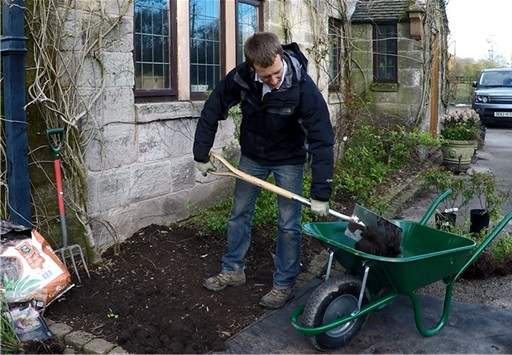
- One complete, turn and break up the soil below the bottom of the trench (i.e. 2 spades deep into the ground). You may alternatively wish to use a fork to break up the lower ground, mixing organic matter into the deeper soil as required.
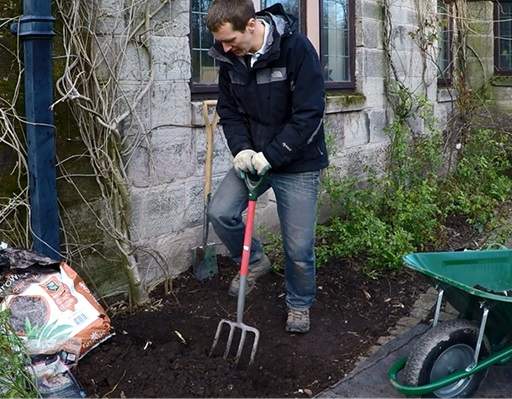
- Once complete, move onto the next spade-width strip of ground and turn the top spade's length of soil into the first trench. Again, use your spade or fork to turn & break up the subsurface soil.
- Repeat the process until you reach the end of the final strip of the planting ground and fill the final strip using the soil from your wheelbarrow.
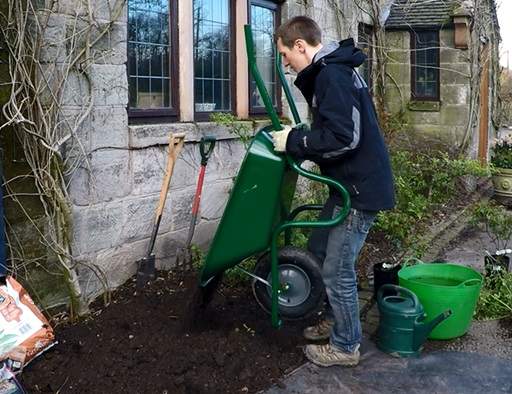
- If you are replacing an old rose with a new one, dig out the soil to a width and depth of 45cm (1.5 feet) and exchange it with soil from a different part of the garden. This is the best way to mitigate the risk of replant disease, or "soil sickness", which roses often suffer.
2) Dig the planting hole
- Check the eventual spread of your roses before planting. We recommend planting at a distance at least the same as the eventual spread. Roses like lots of space and dislike local competition.
- Dig your planting hole wide enough to comfortably accommodate the roots and deep enough so the graft will rest at soil level (to spot the graft point look for a bulge at the base of the shoots).
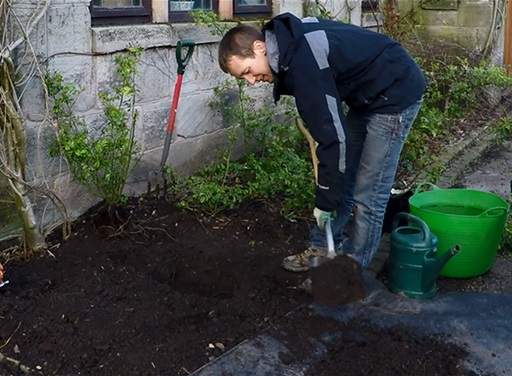
3) Tease out the roots from the root ball
- If you're planting a containerised rose, trim any roots that may be growing out of the drainage holes and tease out any roots circling around the container.
- This will encourage the roots to move out from the circular shape they adopted in the pot once planting out.
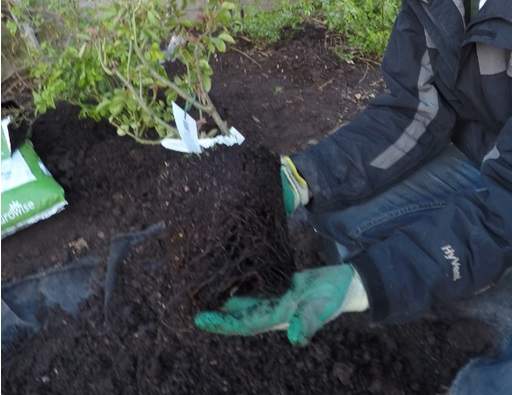
4) Check the planting depth
- You want to plant at a depth such that the graft will rest at soil level (to spot the graft point look for a bulge at the base of the shoots).
- Using a bamboo cane to check the planting depth may help. If your rose is sitting too high, remove a bit more soil from the bottom of your planting hole; if it's too deep, add some back.
- Spread the roots across the planting hole once the right depth has been achieved.
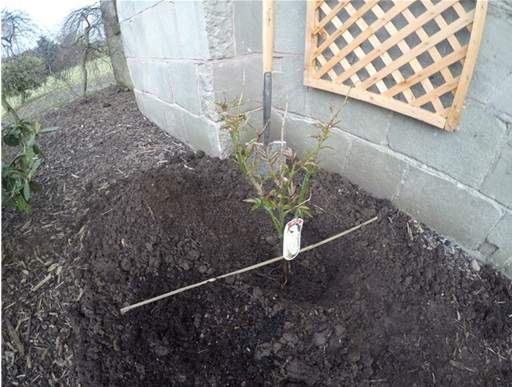
5) Backfill
- Backfill using a mix of the dug soil plus plenty of well-rotted organic matter such as garden compost, recycled green waste or manure.
- If you have a heavy soil that is prone to 'puddling' on the surface, we recommend digging in one-third coarse grit to improve the drainage also.
- Mix in a generous helping of rose feed or bonemeal as roses are heavy feeders.
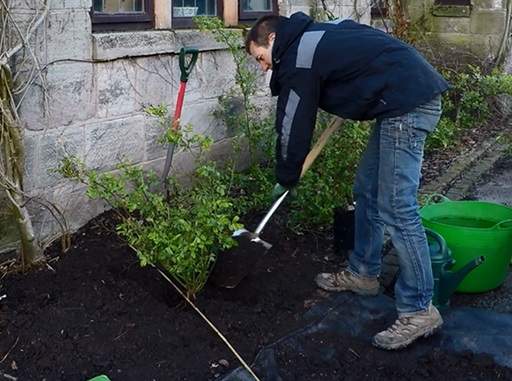
6) Firming down
- Firm down the soil with your toe pointing towards the rose so you're not pushing it down, just firming the soil around it. Cover the ground where you've firmed in.
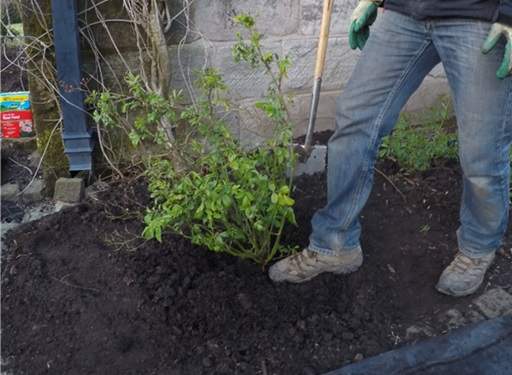
7) Water
- Water well once planting is complete.
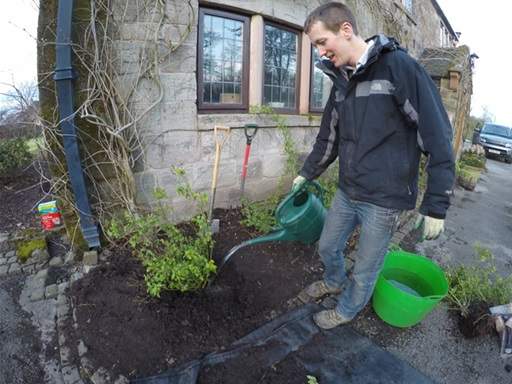
8) Mulch
- Mulch with a generous layer of well-rotted garden compost or manure to suppress weed growth, preserve moisture and keep the soil around the roots cool.
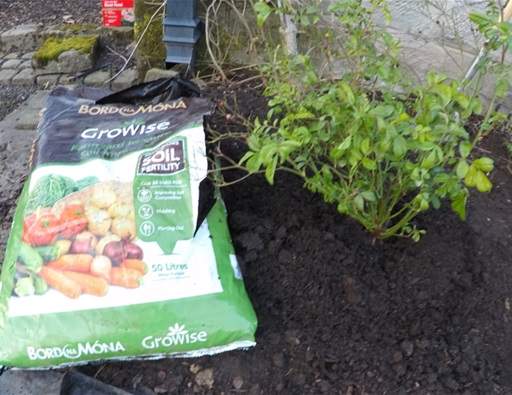
Garden Care
Watering
- Water your roses regularly, especially during hot summer months and periods of dry weather. Roses that are allowed to dry out are more vulnerable to pests and diseases.
- When watering, try to keep the water off the leaves, especially on hot, sunny days as it can scorch the foliage. Watering from the base of your plants works best.
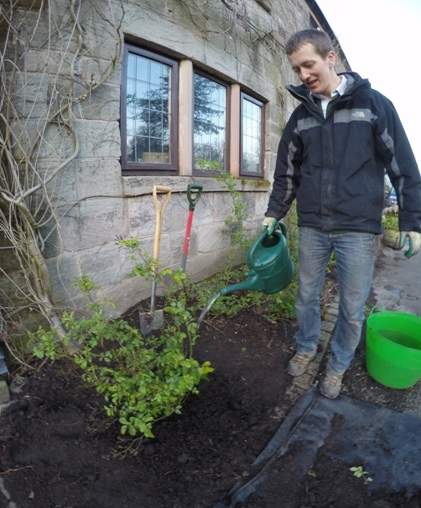
Feeding
- Roses are heavy feeders and benefit from a generous application of rose feed each spring. If grow slows, repeat the rose feed application mid way through the summer.
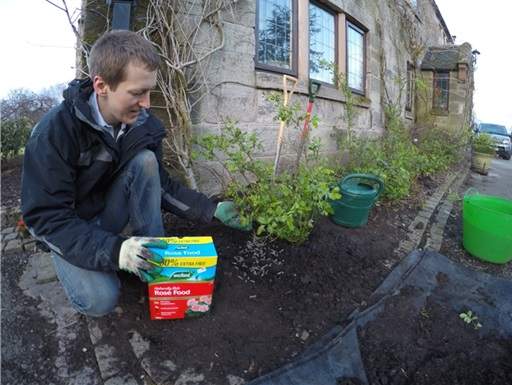
Mulching
- After feeding, mulch with a generous 8cm (3 inch) layer of well-rotted garden compost, manure or chipped bark.
- Take care to ensure the mulch does not touch the base of your rose to prevent the risk of rotting and disease, leaving a 10cm (4 inch) gap between the mulch and the stems.
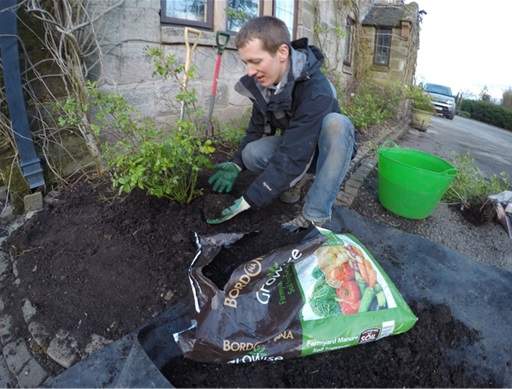
Pruning
- Roses are best pruned in early March just as they are starting to grow again.
- Make sure you have the right equipment for the job - a good pair of gardening gloves and sharp pair of secateurs are essential.
- First, remove any crossing, dead, diseased or damaged stems - cut back at the base if necessary to eliminate over-crowding and create an open, goblet shape.
- The next step depends on the type of rose:
- Hybrid tea (large-flowered) - prune the remaining stems back hard to 10-15cm (4-6 inches) above ground. Any less vigorous (older) shoots can be shortened 5cm further.
- Floribunda (cluster-flowered) - prune remaining stems back to 15cm (6 inches) above ground.
- Climbing roses - prune remaining stems back to 30-40cm (1 feet to 15 inches) from ground level, if they have not already been pruned at the nursery. N.B. Climbing versions of bush varieties may revert to bush type if they are pruned back excessively hard.
- Finally, clear any fallen leaves and debris from around the base of the plant to keep tidy and reduce the risk of disease.
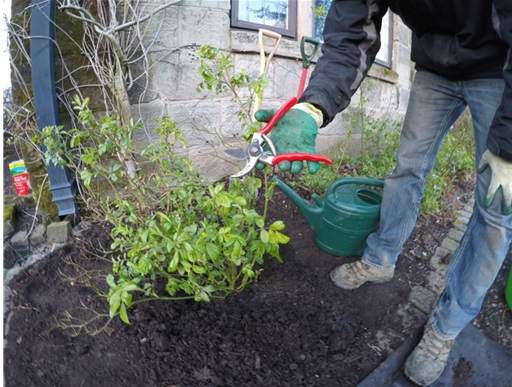
- Pruning tired and spent flowers towards the end of the flowering season helps clean up your rose plants and keep up the appearance of the remaining display
Cold Protection
- Roses may require some frost protection during very cold periods and frosts in the UK as they are not fully hardy. Horticultural fleece is best, but other permeable materials work well.
Pests and Diseases
- We only sell roses with a good level of disease resistance, but no rose is completely immune.
- Roses are most vulnerable to diseases when it is hotter over the summer - so keep a particularly watchful eye on your plants at this time.
We outline some of the main problems below and how to overcome them:
- Blindness (lack of flowers) - it's not unusual for some flowers to not flower every year, but a repeated lack of blooms across most stems is likely to be a sign of a problem. 'Blindness' is caused by the plant's energy being diverted, rather than being invested into blooms. The most common reason is over-exposure to harsh weather conditions or too much shade, which can be solved by providing some protection/shelter and making sure you grow your roses in a sunny site. Make sure you remove all/most of the older wood via pruning to encourage vigorous new shoots and cut any blind shoots back by half to a strong bud.
- Rose Aphids - greenfly, blackfly and other insects which will suck the sap from your roses. Check your roses regularly for signs of infestation on or under the leaves and on the buds. If the infestation is minor, squashing the insects may solve the problem but often an aphid bug killer spray is required.
- Black Spot - a fungal disease evidenced by dark purple or black blotches on the leaves, which often results in leaves turning yellow or falling off the plant. The step to deal with black spot is to collect and destroy any affected fallen leaves, then use a fungus killer spray.
- Dieback - usually caused by a combination of inadequate care, weather conditions and pests/diseases. Prevention is easier than cure, so make sure you plant your roses in well-prepared ground that is not vulnerable to drought or water-logging, spread the roots, prune annually (particularly dead, damaged and crossing branches), feed in spring using rose feed and water during prolonged periods of dry weather. If your plant is affected by die back, make sure you do all of the above steps and consider using a fungus killer spray if you believe this may be contributing to the problem.
Popular Floribunda Roses
- Rose Arthur Bell - clusters of fabulously fragrant, fully double, cupped golden-yellow blooms from July to September, gradually fading to soft creamy-yellow with age.
- Rose Champagne Moment - double-cluster roses, starting apricot in the centres, fading to creamy white towards the edges as they age.

- Rose Fragrant Delight - spectacular, large sprays of fully double, urn-shaped coppery salmon-pink blooms possessing an unparalleled fragrance emerge from pointed, upright buds between July and September.
- Rose Golden Wedding - fantastic, large-flowering variety producing rich, golden yellow blooms which are set off beautifully against a plentiful display of attractive, glossy dark green deciduous leaves.
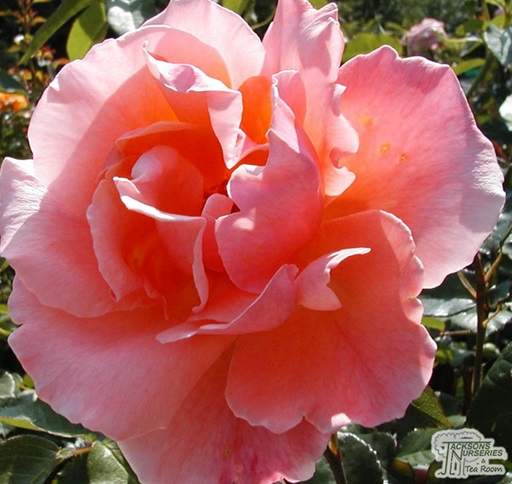
- Rose Mothers Day - beautiful, fully double, deep crimson-red, velvety blooms produced above short, sturdy canes which are well foliated with finely-toothed, ovate, glossy dark green leaves.
- Rose Princess of Wales - a cream base leading to varying shades of pale pink. The scent is light but absolutely wonderful. A very elegant rose. Suitable for coastal sites.
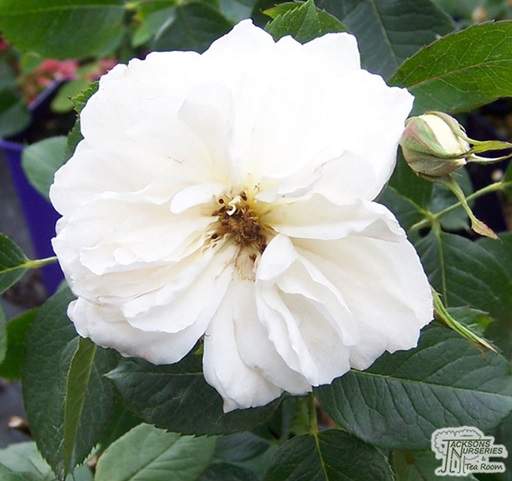
- Rose Remembrance - bears clusters of bright scarlet blooms, and it's dark green deciduous foliage has good disease resistance. Compact habit of growth so ideal for tub or small border.
- Rose Rhapsody in Blue - large, loosely double, deep purple blooms which possess a delicious, fruity-floral scent and gently darken to slate-blue as they mature.
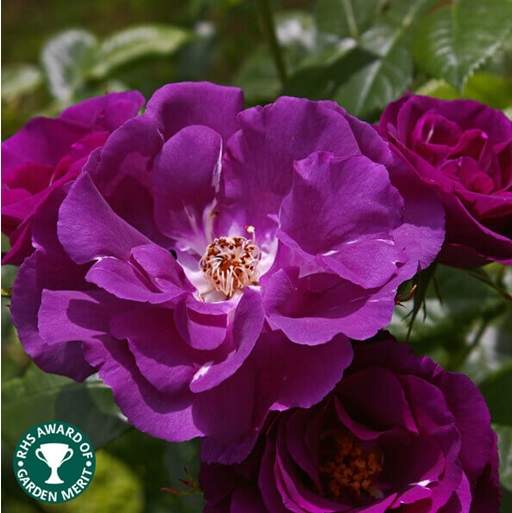
- Rose Compassion (Climbing Hybrid Tea) - beautiful, fully double, high-centred soft apricot to salmon pink blooms with an outstanding, sweet scent emerge from well-shaped buds between June and August.
- Rose Freedom - beautiful, deep yellow double blooms that hold their colour throughout summer and autumn. 'Freedom' is a vigorous bushy variety with good disease resistance.
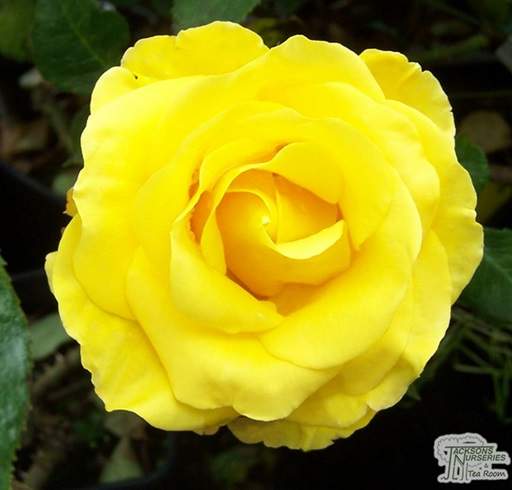
- Rose Mister Lincoln - large, high-centred, double, velvety deep red blooms emerge from long, pointed buds above leathery, dark green deciduous leaves from July to September.
- Rose Pascali - large, high-centred, fully double pure white blooms which are urn-shaped and neatly-formed with a blush of creamy-yellow in the centre as they are opening.

- Rose Ruby Wedding - shapely, fully double, deep ruby-red blooms with a velvety texture and subtle, fruity fragrance are borne continuously on stiff stems between July and September.
- Rose Silver Anniversary - bearing a lovely fragrance, white blooms are borne in an abundance amid light green foliage which has good disease resistance. Ideal gift to celebrate 25 years of marriage.
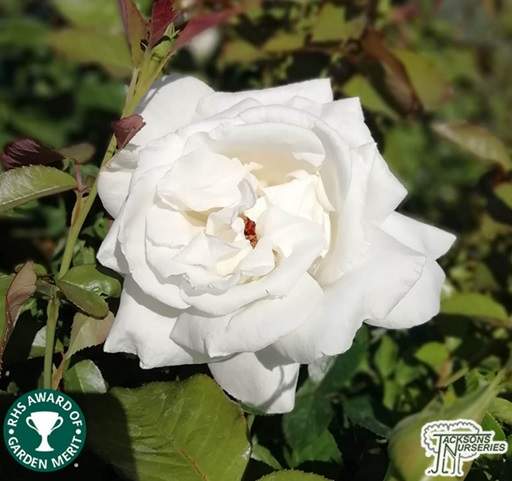
Rose Silver Wedding Anniversary
- Rose Tequila Sunrise - pretty eye-catching large double, yellow flowers with scarlet margins.
- Rose With Thanks - large blooms of pink blend with a yellow reverse and a magnificent strong fragrance above healthy dark green deciduous foliage with very few thorns. Good for using as cut flowers.
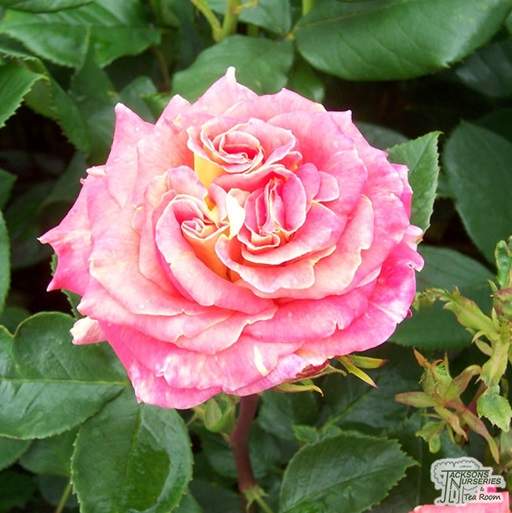
Share this page:

